

Scarlett Solo
The songwriter's 2-in, 2-out interface
$169.99
Scarlett Solo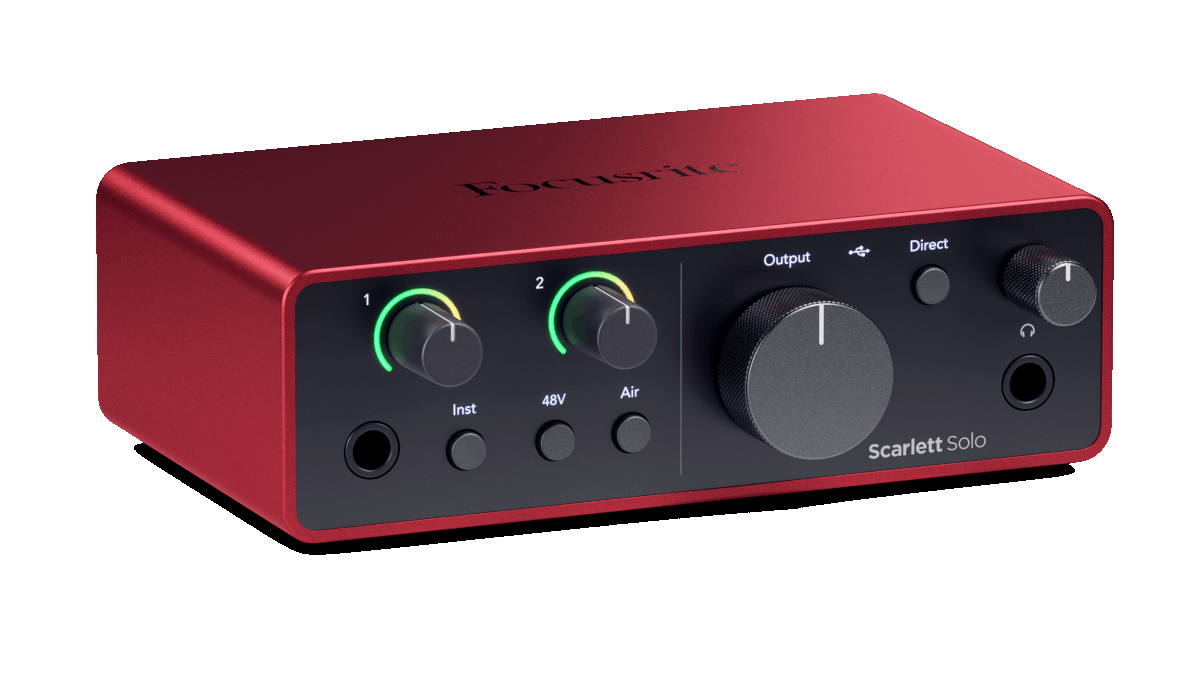 |
Scarlett 2i2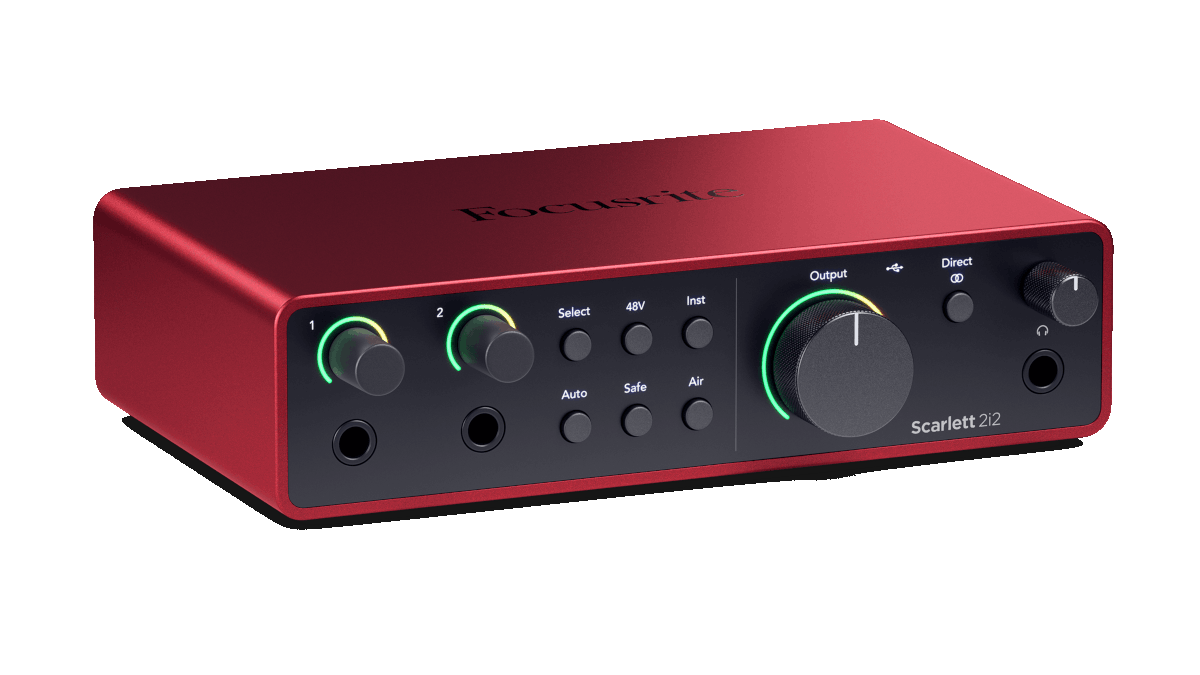 |
Scarlett 4i4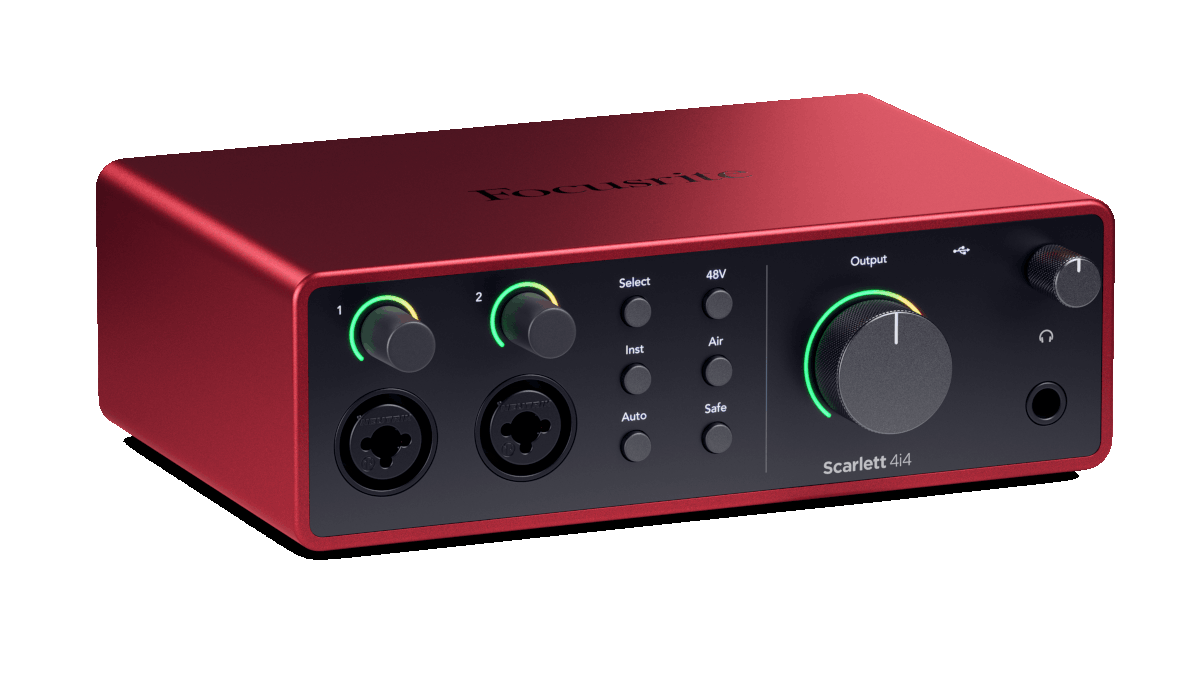 |
Scarlett 16i16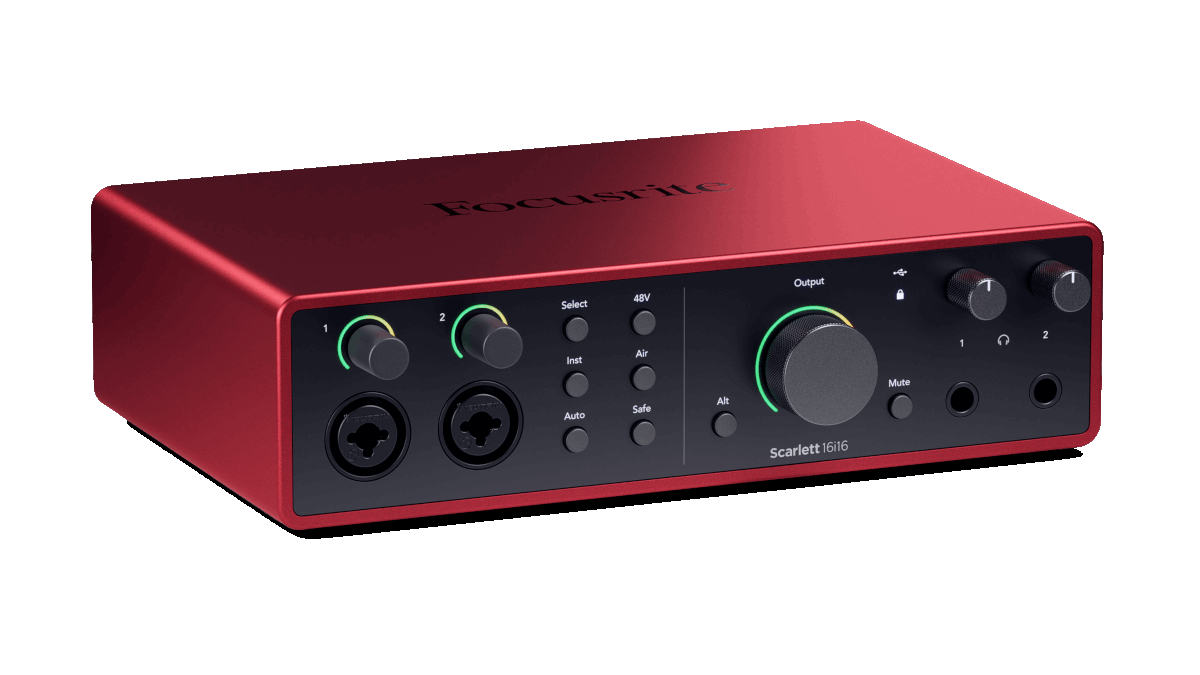 |
Scarlett 18i16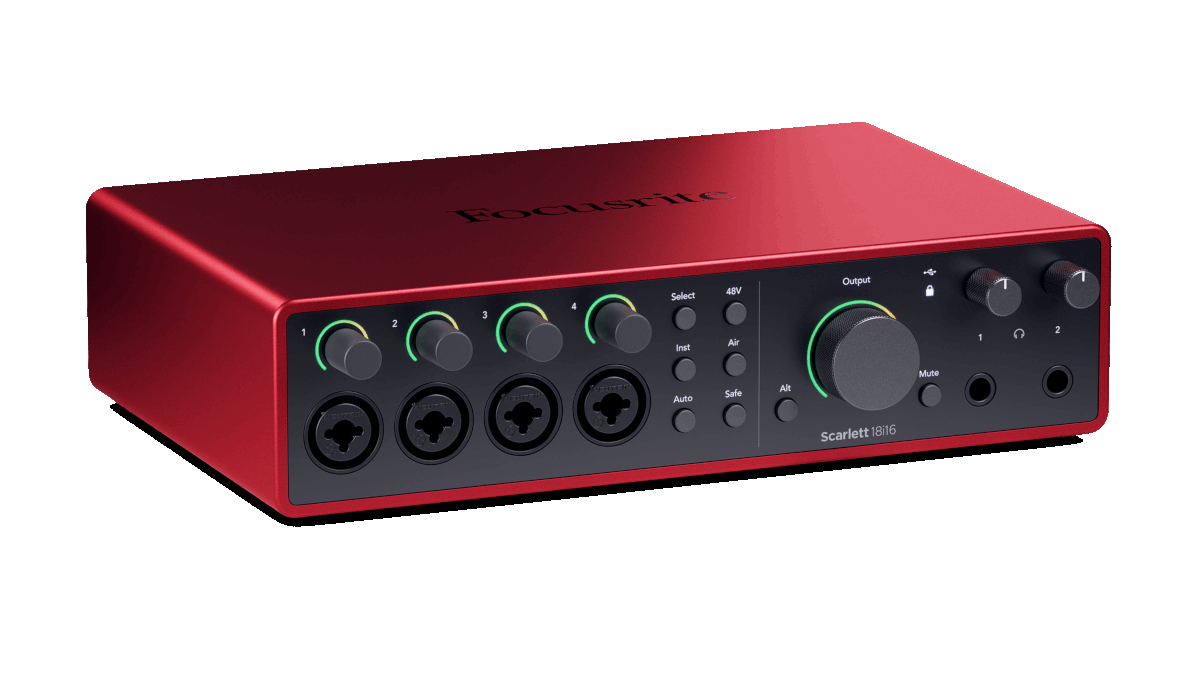 |
Scarlett 18i20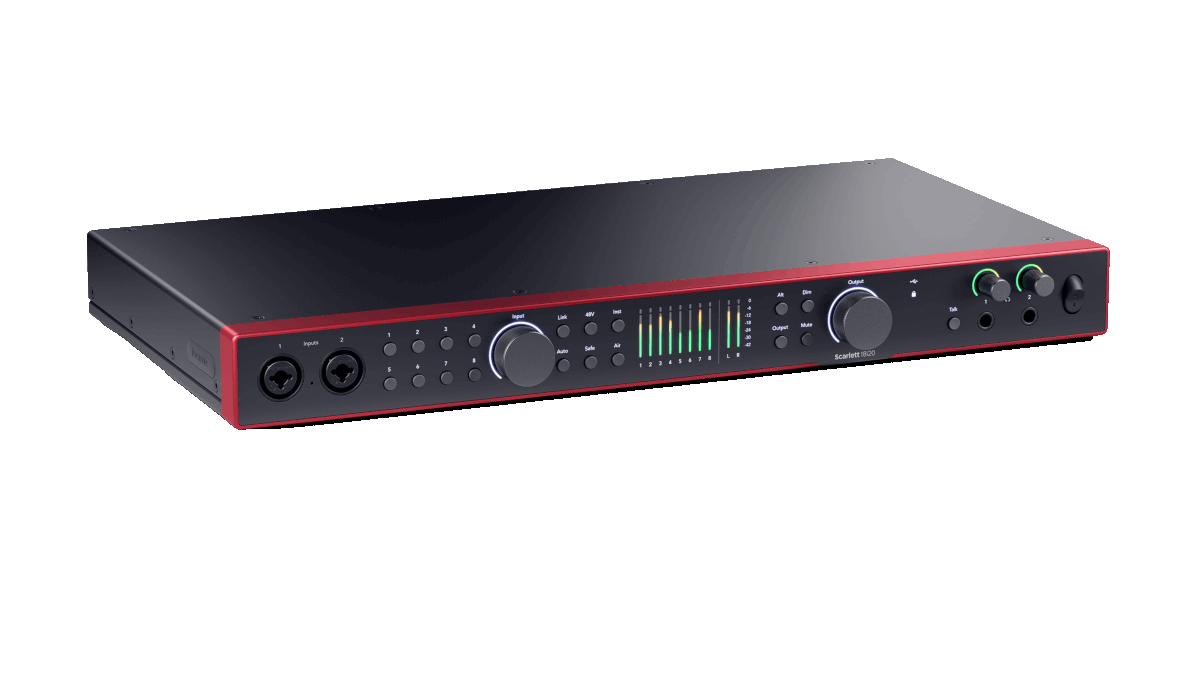 |
|
|---|---|---|---|---|---|---|
| Scarlett microphone preamps | 1 | 2 | 2 | 2 | 4 | 8 |
| Dynamic range (D-A) | 120dB | 120dB | 120dB | 122dB | 122dB | 122dB |
| Mic pre gain range | 57dB | 69dB | 69dB | 69dB | 69dB | 69dB |
| Anniversary Edition | ✘ | Find out more | ✘ | ✘ | ✘ | ✘ |
| Air Presence & Harmonic Drive | ✔ | ✔ | ✔ | ✔ | ✔ | ✔ |
| Loopback | ✔ | ✔ | ✔ | ✔ | ✔ | ✔ |
| Headphone outputs | 1 | 1 | 1 | 2 | 2 | 2 |
| Auto Gain | ✘ | ✔ | ✔ | ✔ | ✔ | ✔ |
| Clip Safe | ✘ | ✔ | ✔ | ✔ | ✔ | ✔ |
| Output metering | ✘ | ✔ | ✔ | ✔ | ✔ | ✔ |
| MIDI I/O | ✘ | ✘ | In and Out | In and Out | In and Out | In and Out |
| S/PDIF I/O | ✘ | ✘ | ✘ | In and Out | In and Out | In and Out |
| ADAT I/O | ✘ | ✘ | ✘ | In and Out | In and Out | Dual In and Out* |
| Speaker switching | ✘ | ✘ | ✘ | ✔ | ✔ | ✔ |
| Independent headphone outputs | ✘ | ✘ | ✔ | ✔ | ✔ | ✔ |
| Built-in talkback mic | ✘ | ✘ | ✘ | ✘ | ✘ | ✔ |
| Focusrite Control 2 - Desktop | ✔ | ✔ | ✔ | ✔ | ✔ | ✔ |
| Focusrite Control 2 - Mobile | ✔ | ✔ | ✔ | ✔ | ✔ | ✔ |
| Bus Powered | ✔ | ✔ (900mA) | ✔ (1.5A) | ✔ (3A) | ✔ (3A) | ✘ |
| Simultaneous I/O | 2 in / 2 out | 2 in / 2 out | 4 in / 4 out | 16 in / 16 out | 18 in / 16 out | 24 in / 26 out |
| Find out more | Find out more | Find out more | Find out more | Find out more | Find out more |
*Up to 16 channels at 44.1/48kHz















